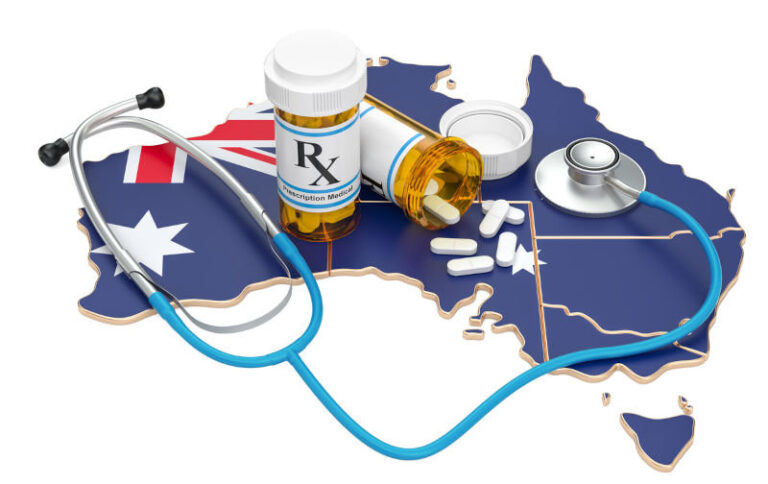Is Modafinil Safe to Use with High Blood Pressure?
Modafinil is a prescription medication commonly used to promote wakefulness in individuals with narcolepsy, obstructive sleep apnea, and shift work sleep disorder. With growing off-label use for cognitive enhancement and fatigue management, important safety questions arise—particularly for people with cardiovascular conditions like hypertension.
So, is Modafinil safe if you have high blood pressure? The answer depends on several factors, including dosage, existing medical conditions, and how well your blood pressure is controlled.
🧠 What Is Modafinil and How Does It Work?
Modafinil (Provigil®) is a wakefulness-promoting agent with a pharmacological profile distinct from traditional stimulants like amphetamines. While its exact mechanism of action is not fully understood, it appears to work through selective activation of wakefulness centers in the brain and inhibition of dopamine reuptake, resulting in increased extracellular dopamine levels (U.S. Food and Drug Administration, 2007). Unlike amphetamines, modafinil has a lower potential for abuse and does not significantly stimulate α-adrenergic receptors.
🔬 Modafinil and Blood Pressure: What the Research Shows
1. Increased Sympathetic Activation in Healthy Adults
Taneja et al. (2005) found that modafinil significantly increased resting systolic and diastolic blood pressure and heart rate in healthy adults. In a randomized, double-blind crossover study, 400 mg of modafinil increased:
- Systolic BP by 7.3 mmHg
- Diastolic BP by 5.3 mmHg
- Heart rate by 9.2 bpm
Modafinil also elevated catecholamine levels (norepinephrine and epinephrine), indicating activation of the sympathetic nervous system.
“Modafinil substantially perturbs autonomic cardiovascular regulation by increasing heart rate and blood pressure.” (Taneja et al., 2005)
2. Stress-Induced Blood Pressure Spikes in OSA Patients
In a double-blind, placebo-controlled crossover study on patients with obstructive sleep apnea, Heitmann et al. (1999) found that modafinil had minimal effects on blood pressure during rest. However, under physical and psychological stress (e.g., ergometric testing and cognitive tasks), small but measurable increases in systolic BP (up to ~6 mmHg) were noted.
This suggests modafinil’s cardiovascular effects may be more pronounced during stress—even in normotensive individuals.
3. Safe in Controlled Hypertension According to Trial Data
Sackner-Bernstein et al. (2004) pooled data from seven double-blind, placebo-controlled trials involving patients with narcolepsy, obstructive sleep apnea, and shift work disorder—some of whom had hypertension. They concluded:
“Modafinil therapy was not associated with clinically significant changes in BP or HR—even in patients with controlled hypertension.” (Sackner-Bernstein et al., 2004)
This offers reassurance for patients whose blood pressure is already managed effectively.
4. Tolerability in Drug Interaction Contexts
Although not focused on hypertension, De La Garza et al. (2010) investigated modafinil’s cardiovascular safety in methamphetamine-dependent individuals. Despite modafinil being administered alongside methamphetamine, no serious cardiovascular events occurred, and it was well-tolerated.
This further supports its cardiovascular safety profile in a clinical setting.
🩺 Should You Use Modafinil if You Have High Blood Pressure?
✅ You May Use Modafinil If:
- Your blood pressure is well-controlled
- You are being monitored by a healthcare provider
- You use a moderate dose (e.g., ≤200 mg/day)
⚠️ Use with Caution If:
- You experience exercise-induced hypertension
- You’re taking other drugs that affect BP or CNS stimulation
- You have labile blood pressure or signs of autonomic dysfunction
🚫 Avoid Modafinil If:
- You have uncontrolled hypertension
- You have a history of arrhythmias or cardiovascular events
- You are taking monoamine oxidase inhibitors (MAOIs)
📈 Best Practices for Monitoring
| Practice | Why It Matters |
|---|---|
| Start Low, Go Slow | Begin with ≤100–200 mg/day and titrate only if tolerated |
| Use Home BP Monitoring | Check morning and post-dose readings, especially in the first week |
| Avoid Overexertion | Be mindful of stress or intense exercise, which may amplify BP changes |
| Re-evaluate Concurrent Meds | Some antihypertensives may require adjustment |
📚 References
- U.S. Food and Drug Administration. (2007). PROVIGIL® (modafinil) tablets [Prescribing information]. U.S. Department of Health and Human Services. https://www.accessdata.fda.gov/drugsatfda_docs/label/2007/020717s020s013s018lbl.pdf
- Taneja, I., Diedrich, A., Black, B. K., Byrne, D. W., Paranjape, S. Y., & Robertson, D. (2005). Modafinil elicits sympathomedullary activation. Hypertension, 45(4), 612–618. https://doi.org/10.1161/01.HYP.0000158267.66763.63
- Heitmann, J., Cassel, W., Grote, L., Bickel, U., Hartlaub, U., Penzel, T., & Peter, J. H. (1999). Does short-term treatment with modafinil affect blood pressure in patients with obstructive sleep apnea? Clinical Pharmacology & Therapeutics, 65(3), 328–335. https://doi.org/10.1016/S0009-9236(99)70112-8
- Sackner-Bernstein, J., Niebler, G., & Earl, C. Q. (2004). Cardiovascular profile of modafinil: Effects on blood pressure and heart rate. Chest, 126(4_MeetingAbstracts), 729S. https://doi.org/10.1378/chest.126.4_MeetingAbstracts.729S
- De La Garza, R., Zorick, T., London, E. D., & Newton, T. F. (2010). Evaluation of modafinil effects on cardiovascular, subjective, and reinforcing effects of methamphetamine in methamphetamine-dependent volunteers. Drug and Alcohol Dependence, 106(2–3), 173–180. https://doi.org/10.1016/j.drugalcdep.2009.08.013 / PMC2815156








